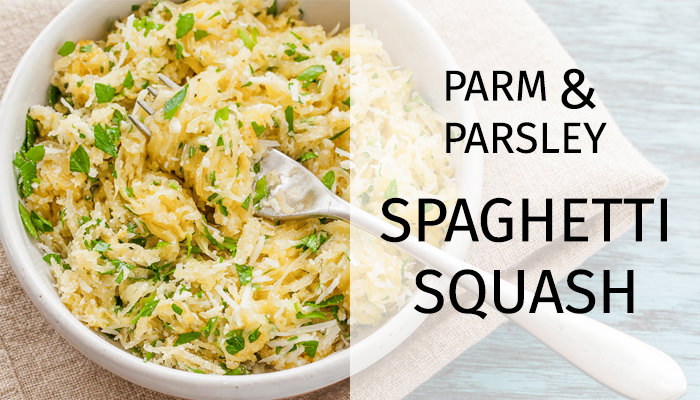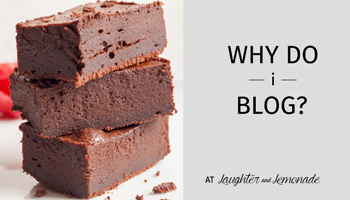Just look at these carrots!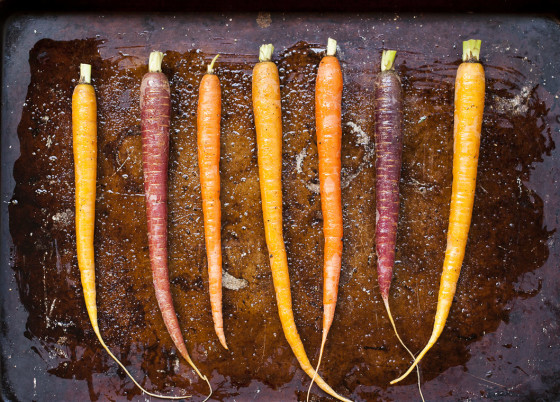
All cute and ready to be roasted.
I found them at our local natural/organic grocery store on a day where I went shopping only knowing I need about 6 different veggies, but I just wanted to go and see what looked good. Sometimes I write out a super detailed shopping list (this happens most of the time) and I plan out exactly what I want to buy. With produce, I often get there to find that what I wanted looks sad or wilted, or it’s not there at all! So other times, I decide to only plan roughly what to buy and go with the flow when I arrive. This allows me to see what looks good! With produce I’m a strong believer that if it’s good, you don’t have to do much to it.
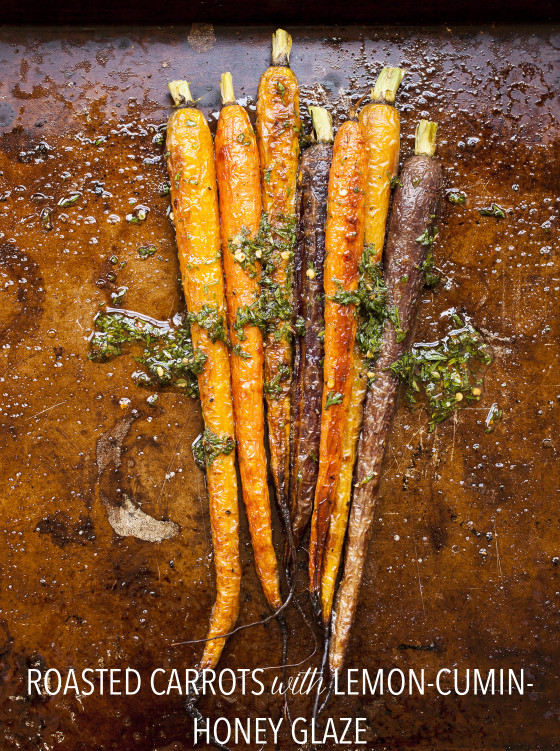
These carrots looked awesome that day, so I snagged a bunch and decided to see what I could come up with at home. What resulted was a simple roasted carrot tossed hot out of the oven with a hand-chopped pesto/glaze of sorts composed of carrot tops, honey, lemon zest, cumin, and red pepper flakes. Heck yes.
A note about the carrots: These organic heirlooms have such a thin skin that I didn’t even peel them before roasting. You can make your own call on that one. You could also roast the carrots whole as I did, or cut them in chunks, sticks, or rounds. This recipe would even work with baby carrots.
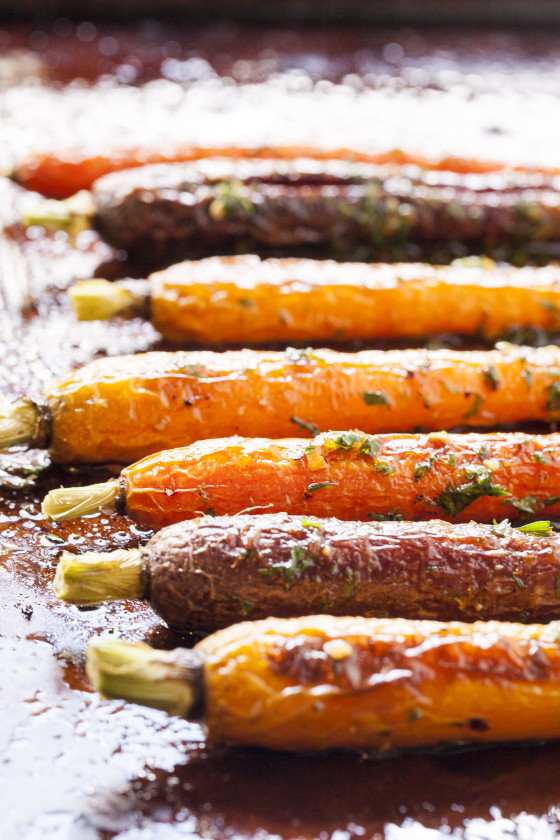
Carrots are in-season from March to October, so now is a great time to buy them and look out for them at your local farmer’s markets. I learned a little more about seasonality this year during my dietetic internship. One of my assignments was to write an article for the hospital group’s monthly newsletter, so I thought I would share it with you! I wrote it in March so the first paragraph talks about spring seasonality specifically. The rest of the article is on the three main benefits of eating seasonally. Enjoy!
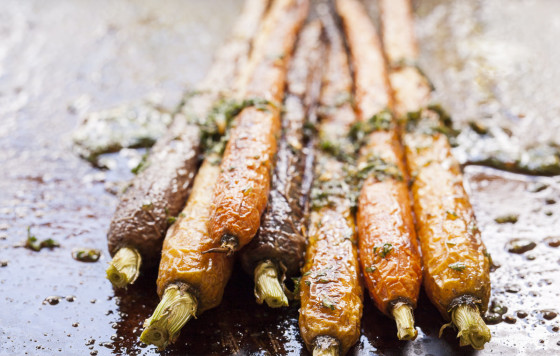
Eat Seasonally and Enjoy Spring’s Bounty
March 25, 2015 by Alicia Shaw, dietetic intern
Spring is officially here! That means if you want to eat in-season produce start looking out for artichokes, fennel, broccoli, cabbage, mushrooms, collard greens, peas, rhubarb, spinach and lettuces, onions, and asparagus. There are many reasons why eating in season has its benefits.
First, your food will taste better. Ever had a fresh tomato out of a summer garden? They are bursting with flavor! Compare that to a tomato found in the middle of January; the flavor doesn’t come close. (That may even be the reason why you think you don’t like tomatoes or other veggies!) When plants grow well naturally it is because they have appropriate sunlight, temperature, and moisture. This usually coincides with the seasons. When the conditions are right and we don’t have to manipulate the plants or conditions to force them along they generally turn out the best.
Along with tasting better, in season produce generally contains more nutrients. After produce is picked, it slowly starts losing nutrients. The longer it takes to get to your table, the more nutrition is lost. When eating in season, it is more likely that you can find food that was grown locally or at least closer to reduce travel time.
Finally, seasonal produce costs less. Because it probably didn’t have to travel as far to get to you, sellers don’t have to charge as much to make a buck. It’s also likely more abundant which also drives down the cost. It’s really a win-win because the highest quality, best tasting produce is the cheapest when it’s in season.
While seasonal produce can taste better, have more nutrients, and cost less it is important to remember the bottom line: fruits and vegetables (in season or not) are always excellent choices for your health. It is always better to have a tomato in the winter from the grocery store than to exclude tomatoes (or any fruit or vegetable) from your diet just because they aren’t in season. Increasing our awareness toward seasonality is only meant to guide us toward when tomatoes, for example, are likely the best choice for taste, nutrition, and your pocketbook.
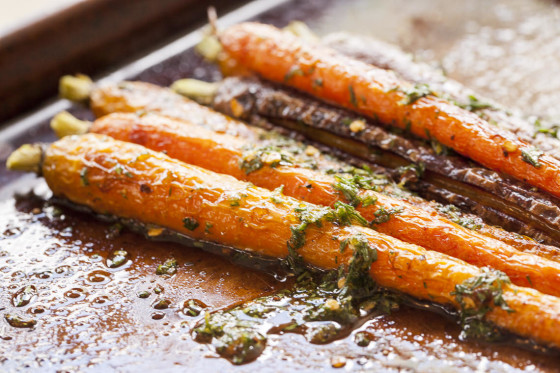
Like the looks of this recipe? Pin it for later!
- 1 bunch heirloom carrots (mine had 7 each), tops cut off and reserved
- 1 tablespoon EVOO (divided into 2 t and 1 t)
- salt and pepper
- 1 small handful of the leafy part of the carrot tops, finely chopped (if your carrots don't have tops, use flat leaf parsley instead)
- 1 lemon, zested
- 1 teaspoon honey
- ¼ teaspoon red pepper flakes (more or less depending on your heat preference)
- ⅛ teaspoon cumin
- Heat your oven to 425 F. Toss the carrots with 2 teaspoon olive oil, salt, and pepper.
- Roast for 10 minutes, flip the carrots over, cook another 10 minutes.
- While the carrots are cooking, combine 1 teaspoon olive oil, chopped carrot tops, lemon zest, honey, red pepper flakes, cumin, salt and pepper. (It will be kind of thick because of the honey. If your honey is too thick, microwave it in short 10-15 second increments until it is becomes thinner.)
- When the carrots are hot out of the oven, gather them at the center of the pan and pour the honey mixture on top, stirring everything around to fully coat. (The heat will "melt" the honey and evoke the smells the zest and spices!)
- Serve immediately or at room temperature. Enjoy!
How do you grocery shop, do you make a list? Or do you wing it? What about seasonal produce… what favorite seasonal fruit or veggie do you look forward to each year?
